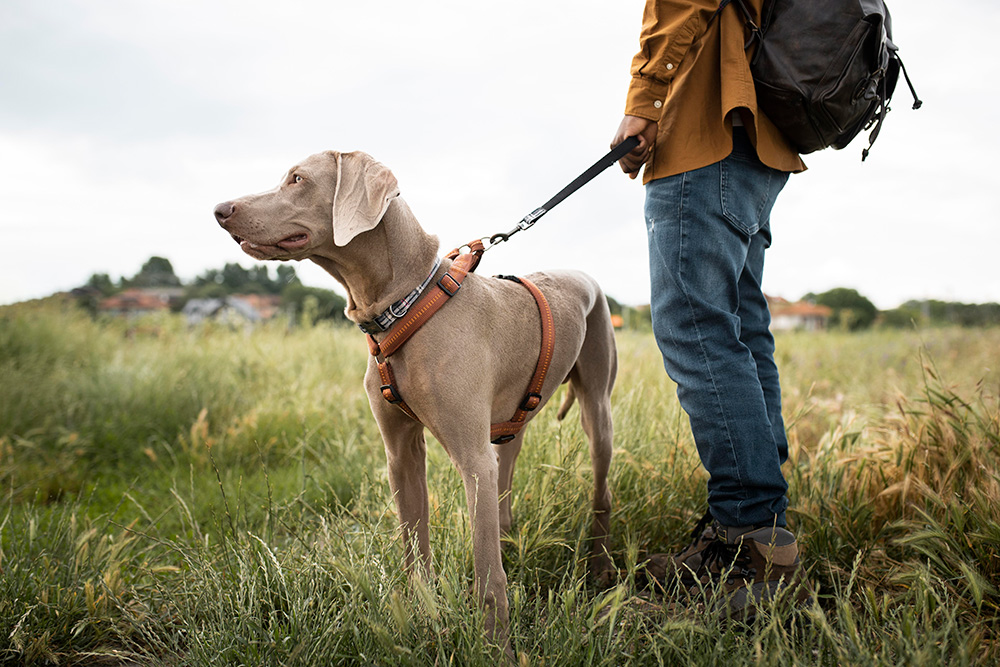Dog Collars – Guest blog
We are so lucky to have Elgan Larsen from lovedogcollar.co.uk doing a guest blog for us. We are always on the lookout for lovely products and when Elgan contacted me about her dogs collars I was delighted to tell you guys about them too! Elgan lives just near Caernarfon in North Wales. Like most of you readers she has always loved animals, especially dogs, and that’s what led her to start my own small business selling dog collars.
Elgan spends a lot of time choosing quality products that are comfortable, durable, and look great too. It’s important to her that people trust what she sells and know their dogs are in good hands.
One day, she’d love to start making the collars herself. For now, she’s focused on building a brand she’s proud of and sharing it with other dog lovers. Over to Elgan…..
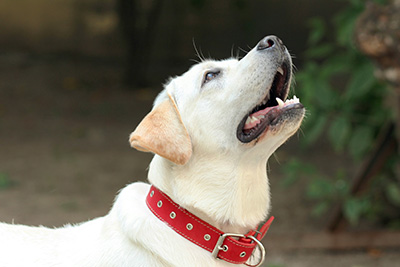
Why Quality Dog Collars Matter for Training
Choosing the right dog collar is more than just picking something that looks nice—it’s an important part of successful training. A good collar helps you guide your dog safely and comfortably, making it easier for them to learn and listen.
When you’re training your dog, you want a collar that’s strong and secure. Cheap collars can break or slip off, especially if your dog pulls or gets excited. That’s not only frustrating but dangerous too. A high-quality collar is made from durable materials with strong buckles and a reliable D-ring for attaching a lead.
Comfort is just as important as strength. If a collar is too tight, stiff, or rough, your dog might get distracted or upset. That can make training harder and less enjoyable for both of you. A well-made collar fits properly and feels good on your dog’s neck, so they can focus on what you’re teaching without irritation.
A good collar also helps build positive habits. Your dog will get used to wearing it during walks and training, learning that it means fun, attention, and rewards. Over time, it becomes a signal for learning and connection between you and your dog.
In short, a high-quality collar supports safe, effective training and helps your dog feel confident and comfortable. It’s a simple choice that makes a big difference.
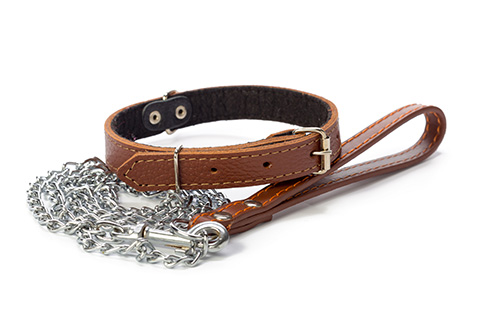
How Tight Should a Dog Collar Be?
A dog collar should fit snugly but not tightly. The easiest way to check is with the two-finger rule: once the collar is fastened, you should be able to slide two fingers between the collar and your dog’s neck. If it’s too hard to fit your fingers in, it’s likely too tight. If there’s too much space and the collar moves around easily, it may be too loose and could slip off.
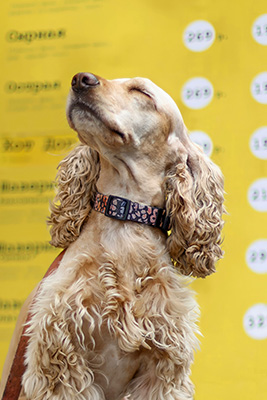
Getting the right fit is important for your dog’s comfort and safety. A collar that’s too tight can cause rubbing, irritation, or even restrict breathing—especially in active or growing dogs. On the other hand, a collar that’s too loose might not give you proper control and could come off unexpectedly during a walk.
Make sure to check the collar’s fit regularly, especially if your dog is still growing or if they have thick or fluffy fur that could hide a tight fit. A good collar should sit comfortably around the neck without pinching or sliding.
Taking a few moments to ensure the collar fits properly can make a big difference in your dog’s daily comfort and your peace of mind.
What Age Should a Puppy Start Wearing a Dog Collar?
Most puppies can begin wearing a collar at around 8 weeks old, which is often when they’re ready to leave their mother and settle into their new home. Starting at this age helps your puppy get used to the feeling of a collar early on, making future training and walks much easier.
At first, your puppy might act a little unsure—scratching at the collar or trying to shake it off. That’s totally normal. Begin by letting your puppy wear the collar for just a few minutes at a time, then gradually increase how long they wear it each day. Use treats and gentle praise to help them see the collar as something positive.
Choose a soft, lightweight collar that’s adjustable and made for puppies. It shouldn’t be too tight or too loose. A good fit allows you to slide two fingers between the collar and your puppy’s neck without squeezing.
Since puppies grow quickly, it’s important to check the fit regularly. What fits this week might be too snug next week, so keep an eye on it and adjust as needed.
Introducing a collar early builds good habits and gets your puppy ready for lead training, social outings, and safe adventures. It also gives you a place to attach an ID tag—just in case your curious pup ever wanders too far.
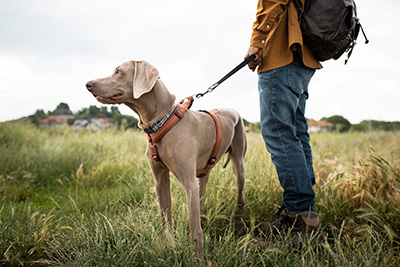
Why LED Dog Collars Are Important for Night Walks
Walking your dog after dark can be relaxing, but it also comes with safety concerns—especially when visibility is low. An LED dog collar is a simple and effective way to help keep your dog safe during nighttime walks.
These collars light up with bright LED strips, making your dog easier to see in dim conditions. Whether you’re near a quiet road, walking through a park, or crossing a driveway, the glowing collar helps drivers, cyclists, and other people spot your dog before they get too close.
LED collars also help you keep track of your dog, especially if they’re off-lead or like to wander a few steps ahead. If your dog has dark fur, they can blend into the night easily—but a glowing collar makes sure they stay visible at all times.
Many LED collars are USB-rechargeable, lightweight, and built to handle a bit of rain or muddy paths. Some even offer different light settings, like steady or flashing modes, to suit your walk.
In short, an LED collar adds an extra layer of safety and peace of mind. It helps you enjoy your walks without worrying about your dog disappearing into the shadows. If you walk your dog in the early morning or evening, an LED collar is a smart and simple upgrade.
You can find Elgan’s handpicked selection of beautiful collars at https://www.lovedogcollar.co.uk
